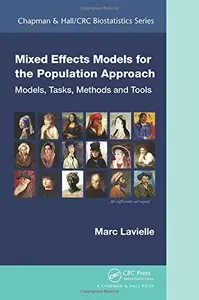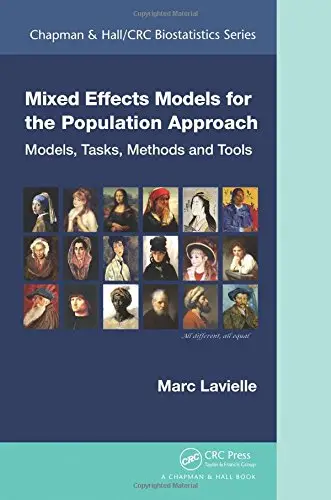Marc Lavielle, "Mixed Effects Models for the Population Approach: Models, Tasks, Methods and Tools"
English | ISBN: 1482226502 | 2014 | 383 pages | PDF | 12 MB
English | ISBN: 1482226502 | 2014 | 383 pages | PDF | 12 MB
Wide-Ranging Coverage of Parametric Modeling in Linear and Nonlinear Mixed Effects Models
Mixed Effects Models for the Population Approach: Models, Tasks, Methods and Tools presents a rigorous framework for describing, implementing, and using mixed effects models. With these models, readers can perform parameter estimation and modeling across a whole population of individuals at the same time.
Easy-to-Use Techniques and Tools for Real-World Data Modeling
The book first shows how the framework allows model representation for different data types, including continuous, categorical, count, and time-to-event data. This leads to the use of generic methods, such as the stochastic approximation of the EM algorithm (SAEM), for modeling these diverse data types. The book also covers other essential methods, including Markov chain Monte Carlo (MCMC) and importance sampling techniques. The author uses publicly available software tools to illustrate modeling tasks. Methods are implemented in Monolix, and models are visually explored using Mlxplore and simulated using Simulx.
Careful Balance of Mathematical Representation and Practical Implementation
This book takes readers through the whole modeling process, from defining/creating a parametric model to performing tasks on the model using various mathematical methods. Statisticians and mathematicians will appreciate the rigorous representation of the models and theoretical properties of the methods while modelers will welcome the practical capabilities of the tools. The book is also useful for training and teaching in any field where population modeling occurs.



